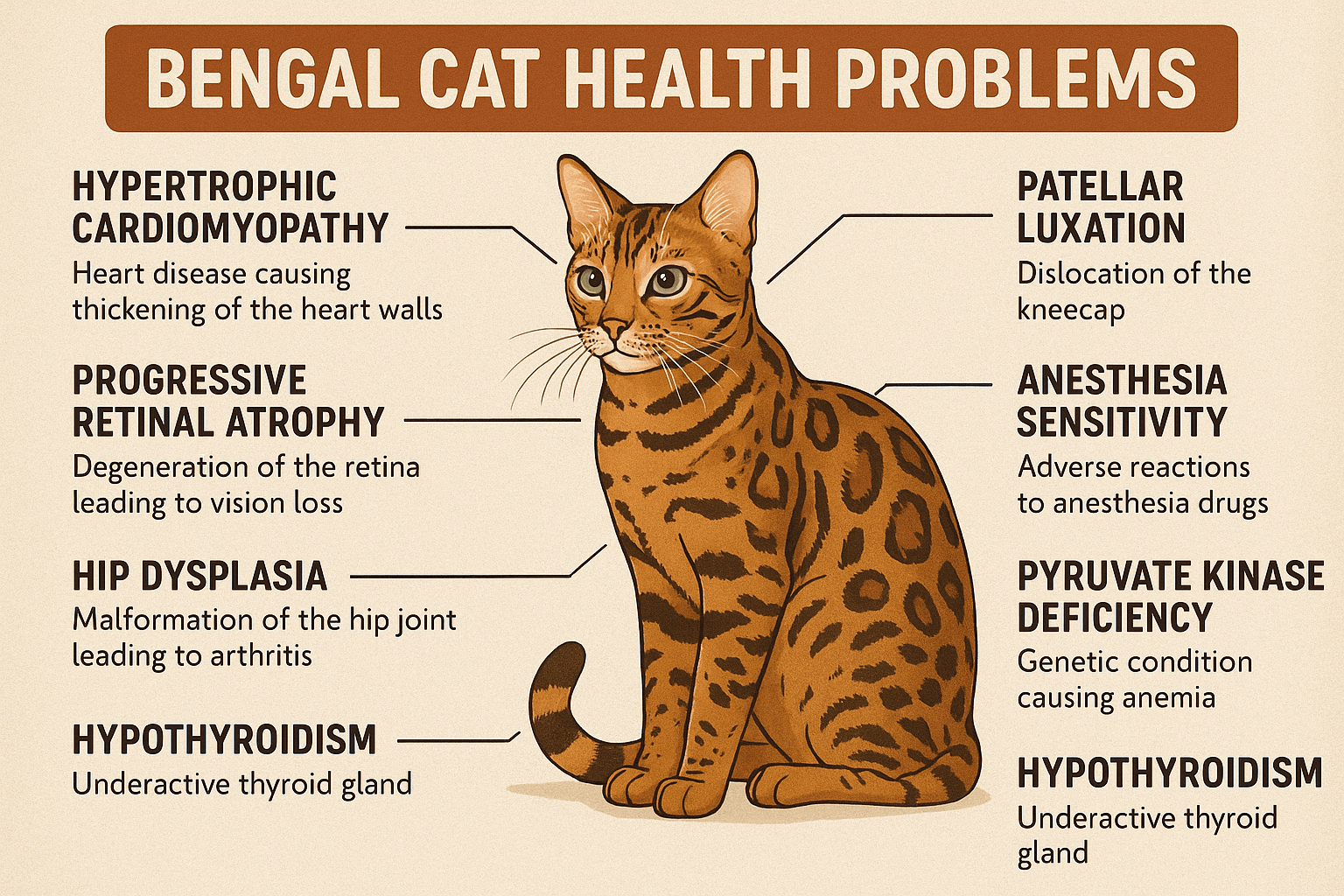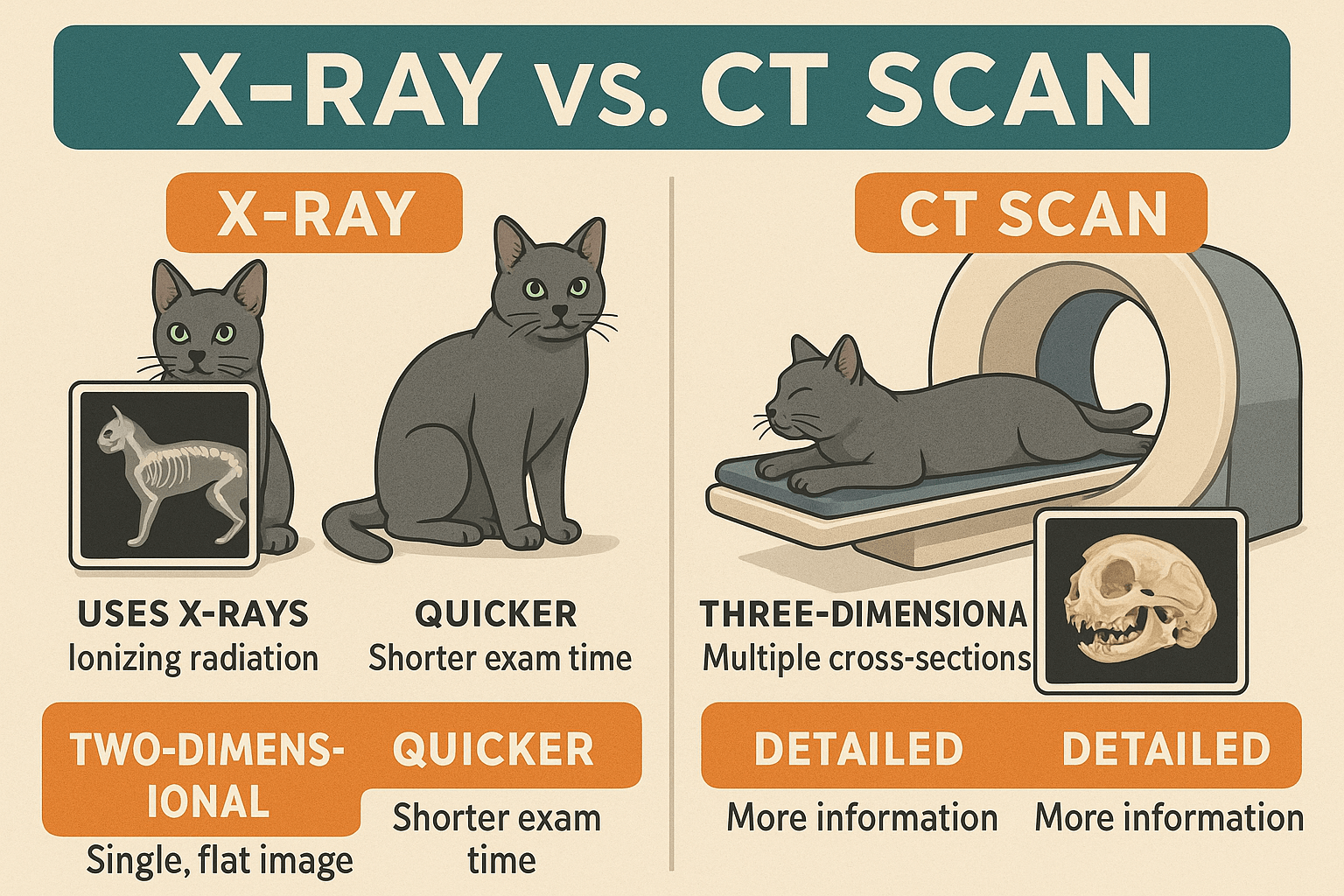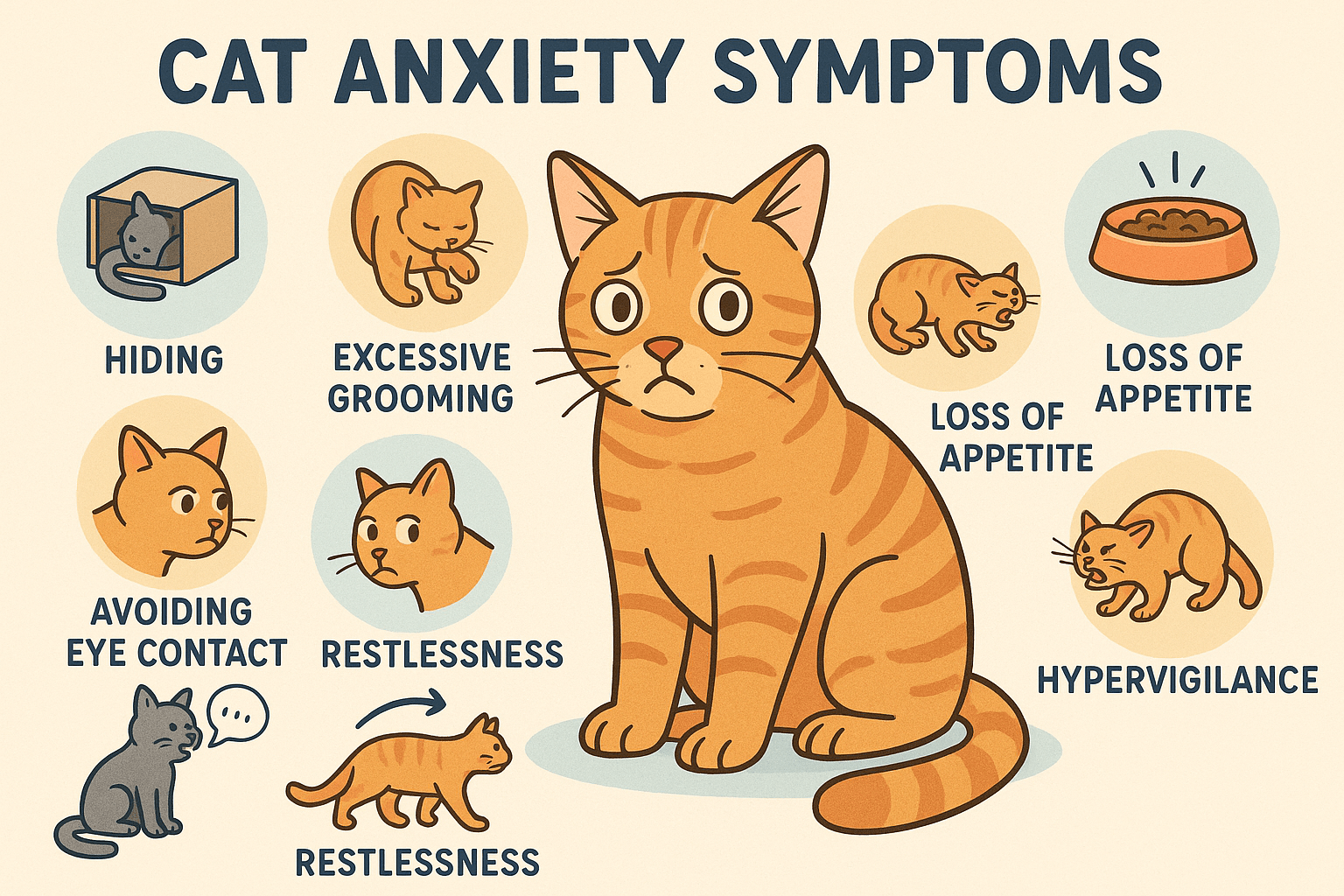Why Do Cats Knock Things Off Tables? Unraveling the Mystery
Cats are fascinating creatures, known for their playful antics and curious nature. One behavior that often leaves pet owners scratching their heads is their tendency to knock things off tables. Whether it’s a pen, a glass of water, or your favorite decorative piece, cats seem to have an uncanny ability to send objects tumbling to the floor. But why do they do it? Is it sheer mischief, boredom, or something else entirely? In this blog post, we’ll explore the reasons behind this quirky behavior and provide insights into how you can manage it without losing your sanity—or your favorite belongings.
Understanding the Motivation Behind the Chaos
Before diving into solutions, it’s essential to understand why cats engage in this behavior. Here are some common reasons:
Curiosity
Cats are naturally curious creatures. They love to explore their surroundings and interact with objects to learn more about them.Playfulness
Knocking items off tables can be a form of play for cats. It mimics hunting behaviors, such as batting at prey.Attention-Seeking
If your cat feels neglected, it might resort to knocking things over to get your attention—even if it’s negative attention.Testing Boundaries
Cats are territorial animals. By knocking objects off tables, they may be testing their environment to see what happens.Boredom
A lack of stimulation can lead to destructive behaviors. Cats need mental and physical challenges to stay entertained.
Understanding these motivations is the first step toward addressing the issue. Once you know why your cat is behaving this way, you can take steps to redirect its energy in healthier ways.
How to Prevent Your Cat from Knocking Things Over
While it’s impossible to completely eliminate this behavior, there are several strategies you can use to minimize it. Here’s how:
Provide Alternatives
Offer your cat toys or interactive puzzles that satisfy its curiosity and mimic the sensation of knocking things over.Create a Safe Space
Designate areas where your cat can freely explore without risking damage to fragile items.Use Deterrents
Place double-sided tape or motion-activated alarms on surfaces to discourage your cat from jumping onto them.Increase Playtime
Engage your cat in regular play sessions to burn off excess energy and reduce boredom.Secure Valuables
Keep fragile or valuable items out of reach to prevent accidents and protect your belongings.
By implementing these strategies, you can help redirect your cat’s behavior while ensuring both your peace of mind and your cat’s happiness.
Check this guide 👉 Why Does My Cat Lay on My Clothes? Best 7 Behavior Tips!
Check this guide 👉 Why Is My Cat Growling? best 7 Behavior Tips!
Check this guide 👉Why Overgrown Cat Claws Are a Problem: Best 7 Health Tips!

Preventive Measures | Behavioral Insights |
|---|---|
Secure fragile items out of reach | Cats are naturally curious explorers |
Provide interactive toys | Knocking mimics hunting instincts |
Use deterrents like double-sided tape | Behavior is often driven by boredom |
Create designated play areas | Cats learn cause-and-effect quickly |
Increase daily playtime | Attention-seeking can fuel the behavior |
The Science Behind Feline Behavior
To better understand why cats knock things off tables, let’s delve into the science behind their actions. Here are some key insights:
Instinctual Behavior
Cats are predators by nature. Their ancestors relied on similar movements to capture prey, making knocking motions instinctual.Cause-and-Effect Learning
Cats quickly learn that knocking objects off tables produces interesting results, reinforcing the behavior.Sensory Exploration
Cats use their paws to explore textures, sounds, and movements, which helps them make sense of their environment.Territorial Marking
By interacting with objects, cats leave their scent behind, subtly marking their territory.Problem-Solving Skills
This behavior demonstrates a cat’s intelligence and problem-solving abilities as it experiments with different outcomes.
These scientific explanations shed light on why cats find knocking things over so irresistible—and why it’s not just random mischief.
Common Myths About Cats Knocking Things Off Tables
There are many misconceptions about why cats engage in this behavior. Let’s debunk some of the most common myths:
Myth: Cats Are Just Being Naughty
While it may seem mischievous, this behavior is rarely done out of malice. It’s usually driven by curiosity or playfulness.Myth: Only Young Cats Do This
While kittens are more likely to exhibit this behavior due to their high energy levels, adult cats can also knock things over.Myth: Cats Don’t Understand Consequences
Cats are intelligent animals that quickly learn cause-and-effect relationships, including the consequences of knocking items over.Myth: Punishment Will Stop the Behavior
Punishing your cat is ineffective and can harm your bond. Positive reinforcement works much better.Myth: It’s Impossible to Train a Cat
With patience and consistency, you can train your cat to avoid knocking things over.
Understanding these myths will help you approach the situation with empathy and practicality.
The Role of Environment in Shaping Cat Behavior
A cat’s environment plays a significant role in influencing its behavior, including its tendency to knock things off tables. Here are some ways your home setup might be contributing to this habit:
Cluttered Spaces
A cluttered table or shelf can tempt your cat to explore and interact with objects.Lack of Vertical Space
Cats love to climb and perch. Without adequate vertical spaces, they may resort to using tables instead.Boredom from Lack of Stimulation
An unstimulating environment can lead to destructive behaviors as cats seek entertainment.Unsecured Items
Leaving fragile or enticing items within reach makes it easier for cats to knock them over.Inconsistent Boundaries
If you haven’t established clear rules about off-limits areas, your cat may assume the table is fair game.
By optimizing your home environment, you can reduce your cat’s urge to knock things over while promoting healthier habits.
How Toys Can Redirect Your Cat’s Energy
Toys are an excellent way to channel your cat’s energy into more productive activities. Here are some toy options that can help redirect their focus:
Interactive Toys
Toys that mimic prey, such as feather wands or laser pointers, engage your cat’s hunting instincts.Puzzle Feeders
These toys challenge your cat mentally and physically, keeping them entertained for hours.Soft Balls or Rollers
Small, lightweight toys encourage batting and chasing without causing damage.Catnip-Infused Toys
Toys infused with catnip can provide extra stimulation and keep your cat occupied.Scratching Posts
While not a traditional toy, scratching posts can divert attention away from table-tipping behaviors.
Investing in the right toys can significantly reduce your cat’s desire to knock things off tables by providing alternative forms of entertainment.
Training Techniques to Discourage Table-Tipping
Training your cat requires patience and consistency, but it can yield positive results. Here are some techniques to discourage this behavior:
Positive Reinforcement
Reward your cat with treats or praise when they avoid knocking things over.Clicker Training
Use a clicker to mark desired behaviors and reinforce them with rewards.Redirection
Gently guide your cat toward appropriate toys or activities when you notice unwanted behavior.Ignoring Attention-Seeking Acts
Refrain from reacting to table-tipping if it’s done for attention, as this can unintentionally reinforce the behavior.Consistent Commands
Use simple commands like “no” or “off” consistently to communicate boundaries.
With time and effort, these training techniques can help reshape your cat’s behavior and create a more peaceful household.
Frequently Asked Questions
Why does my cat only knock certain items off the table?
Cats often target items that make noise or move unpredictably, as these provide more sensory stimulation.
Is it normal for older cats to start knocking things over?
Yes, older cats may develop new behaviors due to boredom, health issues, or changes in their environment.
How can I stop my cat from breaking fragile items?
Secure fragile items out of reach and provide alternative toys to redirect your cat’s energy.
Should I punish my cat for knocking things over?
No, punishment can damage your relationship with your cat. Instead, focus on positive reinforcement.
Can I train my cat to stay off the table altogether?
Yes, consistent training and deterrents can teach your cat to avoid tables and other off-limits areas.
Final Thoughts: Embracing the Quirks of Cat Ownership
Living with a cat means accepting their unique quirks and behaviors—including their penchant for knocking things off tables. While it can be frustrating at times, understanding the reasons behind this behavior allows you to address it effectively and compassionately. By providing enrichment, setting boundaries, and maintaining a sense of humor, you can create a harmonious home for both you and your feline friend. After all, part of the joy of having a cat is appreciating their playful spirit and endless curiosity.
High Liver Enzymes in Cats: Best 7 Expert Tips! Discover causes, symptoms, and treatment options for elevated liver enzymes in cats. Learn how to support your cat’s liver health effectively.
Bengal Cat Health Problems: Best 7 Expert Tips! Discover expert advice on common Bengal cat health issues, preventive care, and tips to keep your feline friend healthy and happy for years to come.
X-Ray vs CT Scan for Cats: Best 7 Expert Tips! Discover key differences, benefits, and expert advice on choosing the right imaging method for your cat’s health needs.
Cat Anxiety Symptoms: Best 7 Expert Tips! Discover signs of feline stress, effective calming strategies, and expert advice to help your cat feel safe, happy, and relaxed at home.





